What is a health and safety audit in the workplace?
Reason, benefits and processes of an H&S audit explained
Over time, as your business and markets change, and laws, rules and regulations evolve, you will need to ensure that your health and safety policy continues to protect the health and safety of your employees. The way to do this is to conduct a health and safety audit.
What is a health and safety audit?
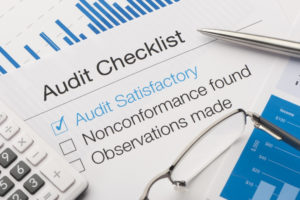 A health and safety audit is a methodical appraisal of your on-site procedures and processes. It will pinpoint areas of weakness and risk. It is used to identify improvements needed to maintain the health and safety of your employees, visitors and workplace, and to remain compliant with current health and safety law.
A health and safety audit is a methodical appraisal of your on-site procedures and processes. It will pinpoint areas of weakness and risk. It is used to identify improvements needed to maintain the health and safety of your employees, visitors and workplace, and to remain compliant with current health and safety law.
The Health and Safety Executive states that organisations should ‘have formal procedures for auditing and reporting health and safety performance’.
Who undertakes a health and safety audit?
Your health and safety audit must be conducted by ‘competent individuals’. They must understand the audit process, and ‘have the knowledge and skills related to the discipline and the application of discipline-specific methods, techniques, processes and practices’.
Additionally, they must be independent of the part of the organisation being audited.
What will a health and safety audit tell you?
Through its methodical approach, the audit will examine and measure the following elements:
- Strengths and weaknesses of your current state
- How the part being audited performs in relation to the aims of your company
- If your company is meeting its health and safety obligations
- If you have an adequate performance measurement process in place
How is a health and safety audit conducted?
The process of auditing is guided by BS EN ISO 19011:2011 – Guidance for auditing management systems. This first puts certain principles in place:
- Integrity of auditors
- Fair presentation of findings
- Professional care in the audit process
- Confidentiality
- Independence of auditors
Further, the audit process must be conducted using an evidence-based approach.
Pre-audit, you will need to ensure that:
- The audit team is available and understand their responsibilities
- The employees in the area subject to the audit are aware of the audit, how it will be conducted, and what help they can provide to the process
- All necessary documentation and information is made available to the audit team
 Documentation which will be reviewed by the audit team includes:
Documentation which will be reviewed by the audit team includes:
- Your health and safety policy
- Training records
- Current and previous risk assessments
- Accident reports
- Etc.
The audit team will interview some employees across a spectrum of job levels, to gain an insight into attitudes, competence, and how health and safety responsibilities are fulfilled.
After the audit, the audit team will evaluate its findings against the predetermined audit criteria.
In this way, the audit will indicate whether practices and processes conform with the audit criteria, or do not conform. There should also be a review process, ensuring that evidence collected and collated is accurate, and that your management team understands the audit’s conclusions and recommendations.
It may be necessary to conduct a follow-up audit to determine that recommendations have been successfully implemented.
Benefits of a health and safety audit
An audit is the beginning of a larger and continuous health and safety process which helps you:
- Identify underlying issues that may be hidden and that could lead to accidents
- Increase your reputation as a good employer
- Remain compliant with health and safety law
- Reduce the risk of injuries in the workplace
- Improve and maintain employee morale
- Increase and maintain customer confidence in your business
How to comply with your health and safety obligations
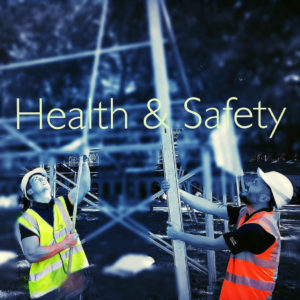 Health and safety regulations insist that you are compliant with H&S laws, rules and regulations at all times. If an accident occurs in your workplace and you are found to be non-compliant, it can be costly to your business, its reputation, and its finances.
Health and safety regulations insist that you are compliant with H&S laws, rules and regulations at all times. If an accident occurs in your workplace and you are found to be non-compliant, it can be costly to your business, its reputation, and its finances.
Regular inspections and audits will ensure that your workplace has not become non-compliant, ensuring your employees benefit from maximum protection and your business benefits from minimum risk. To discuss your exact audit requirements, and learn more about how our independent consultancy services can help your desire to be a leader in health and safety in your industry, contact Integral Safety Management today.
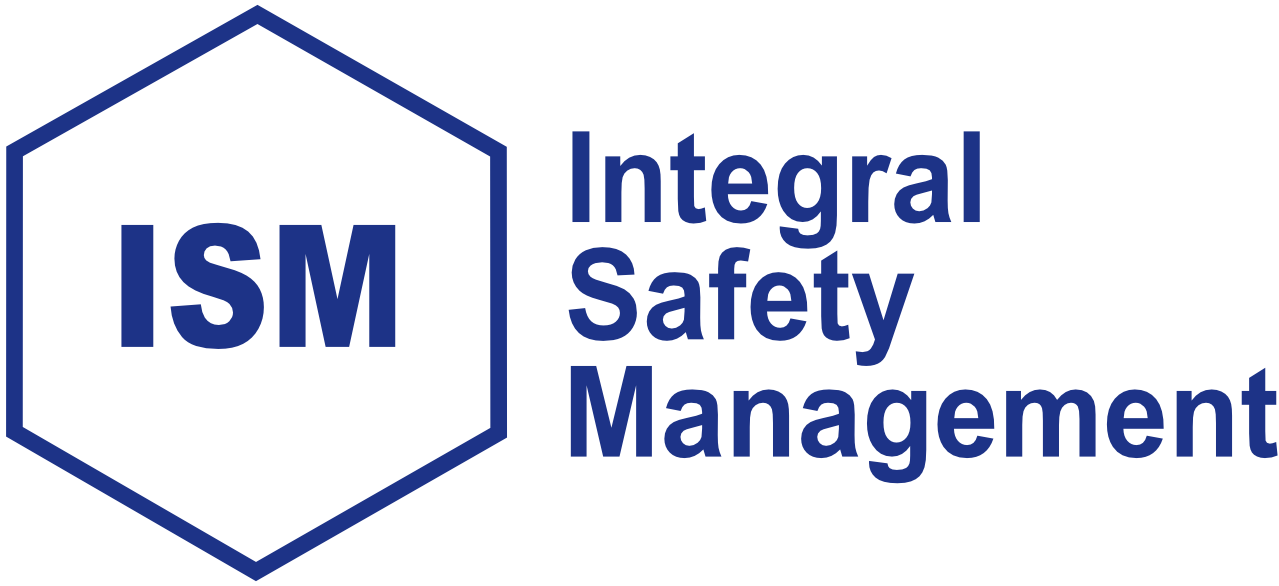
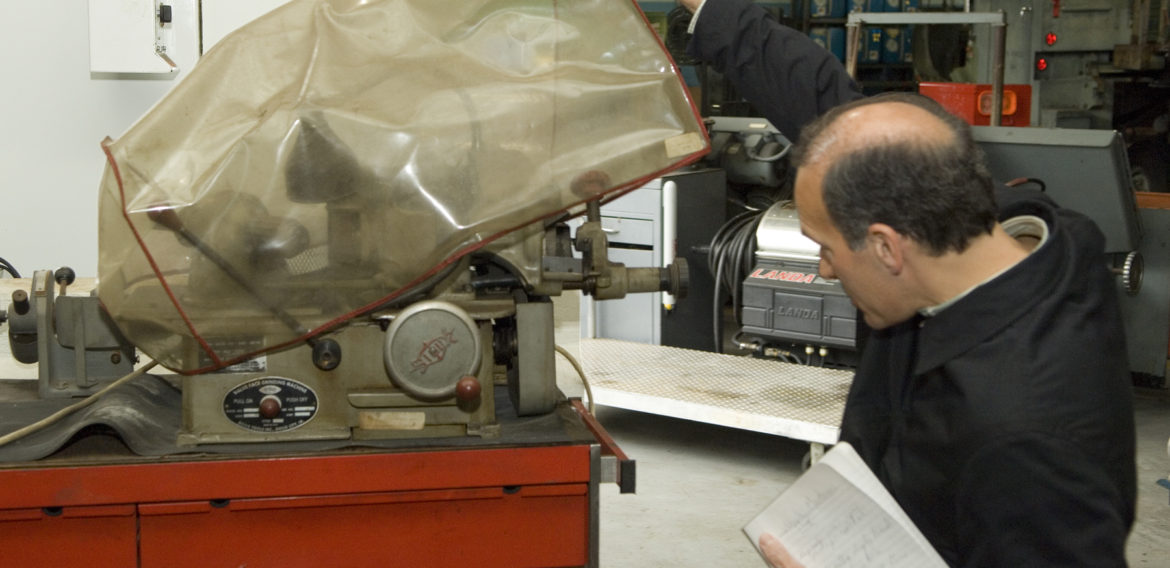
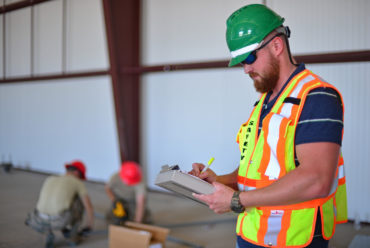
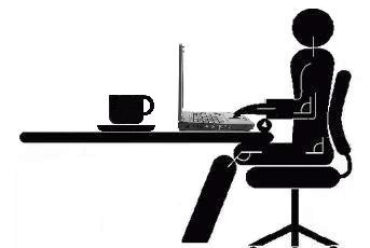
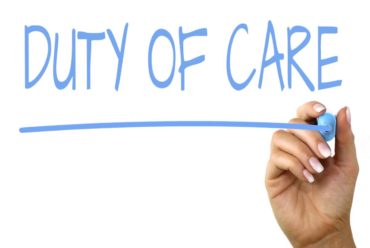
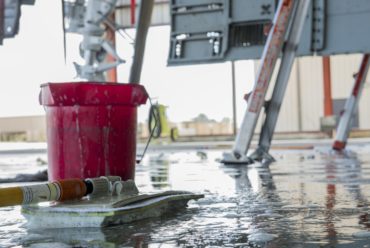

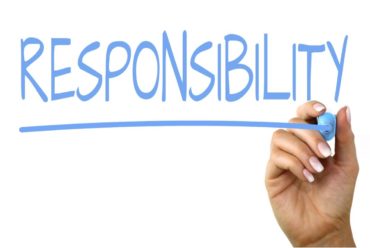
No Comments